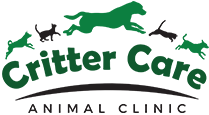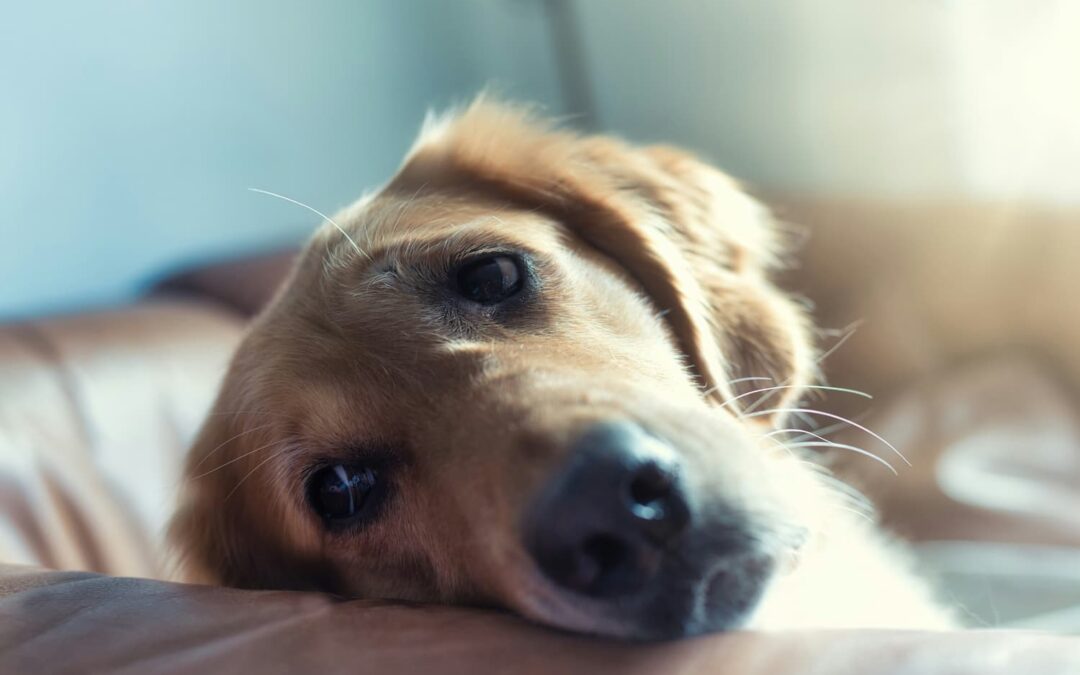If your dog won’t stop licking, chewing, or scratching one spot, it’s natural to wonder: “Is something wrong with my pet?” While occasional itching can be common, constant attention to a single area can signal a more serious issue, such as a hot spot. These inflamed patches of skin can appear almost overnight and quickly become painful and infected without treatment.
Let’s explore what hot spots are, what causes them, and how to help your dog heal quickly.
What Are Hot Spots?
Hot spots, also known as acute moist dermatitis, are irritated, inflamed areas of skin that often become red and painful. They’re commonly found on a dog’s head, neck, hips, near the tail, or chest, though they can appear anywhere on the body. These sores tend to develop rapidly and often worsen as dogs continue to lick, chew, or scratch at them.
You might notice:
- A red, raw-looking sore
- Hair loss around the area
- Moist or oozing skin
- A foul odor from the site
- Your dog constantly chewing or licking the same spot
What Causes Hot Spots in Dogs?
A hot spot often starts with an itch—but what makes it worse is the dog’s response. When a dog obsessively chews, licks, or scratches, it damages the skin and creates an opening for bacteria. Once bacteria enter, inflammation and infection can develop quickly.
Common Triggers for Hot Spots:
- Fleas or ticks: Just one bite can cause intense itching.
- Allergies: Food, pollen, mold, or dust can make the skin more reactive.
- Moisture trapped in fur: Especially common in dogs who swim or aren’t dried off thoroughly.
- Mats and tangles: These can trap moisture and irritate the skin.
- Stress or anxiety: Some dogs lick or chew themselves as a way to cope.
- Underlying infections or wounds: Minor injuries can escalate if unnoticed.
How to Tell If It’s a Hot Spot
It’s not always easy to distinguish a hot spot from a more serious skin issue. Our team is here to help with both diagnosis and treatment recommendations to get your dog feeling better quickly.
How Are Hot Spots Treated?
Hot spot treatment focuses on healing the wound, relieving discomfort, and preventing infection. Depending on the severity and cause, we may recommend:
- Clipping and cleaning the affected area
- Pet-safe topical sprays or ointments from our clinic to soothe inflammation
- Antibiotics or antifungals if infection is present
- An Elizabethan collar (cone) to prevent further self-trauma
- Identifying and addressing the underlying cause
Never attempt to treat a suspected hot spot at home without professional guidance. Applying the wrong product or delaying care can worsen the condition.
How to Prevent Hot Spots
Prevention is especially important for dogs with thick coats, allergies, or sensitive skin.
Tips to Help Reduce the Risk:
- Keep your dog well-groomed, especially during seasonal shedding
- Dry thoroughly after baths or swims
- Use year-round flea and tick prevention
- Work with your vet to manage allergies
- Provide plenty of mental stimulation and exercise to reduce stress behaviors
Other Skin Problems That Can Look Like Hot Spots
Hot spots aren’t the only reason a dog might lick or chew their skin. Other issues that can look similar include:
- Flea allergy dermatitis
- Food allergies
- Yeast or bacterial infections
- Ringworm (fungal infection)
- Contact dermatitis (from grass, etc.)
- Mast cell tumors or other skin cancers
- Autoimmune skin conditions
That’s why it’s important to get an accurate diagnosis. Treating the wrong condition may delay healing or make the problem worse.
When to Call Your Veterinary Team
If your dog’s skin irritation is worsening, painful, or persistent, it’s time to seek veterinary care. Contact us if:
- The area is oozing, bleeding, or smells foul
- Your dog seems in pain or is unusually agitated
- Over-the-counter solutions aren’t helping
- The sore grows larger within 24–48 hours
Left untreated, hot spots can become severely infected and very uncomfortable. Prompt care can shorten recovery time and uncover any underlying issues.
Healthy Skin = A Happier Pup
Skin irritation may seem like a small issue, but it can quickly turn serious—especially when hot spots are involved. Paying attention to your dog’s licking, chewing, or scratching habits can make all the difference.
When in doubt, reach out to our veterinary team. We’re here to help your pet be happy and comfortable all year long!
Photo credit: Unsplash | Regine Tholen



